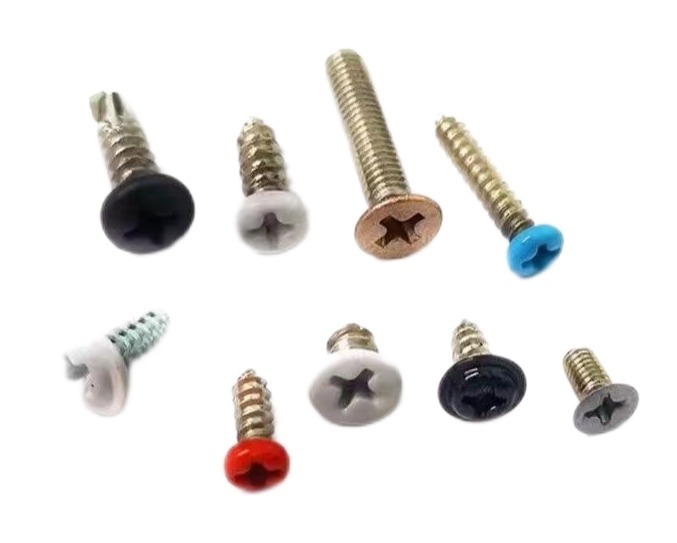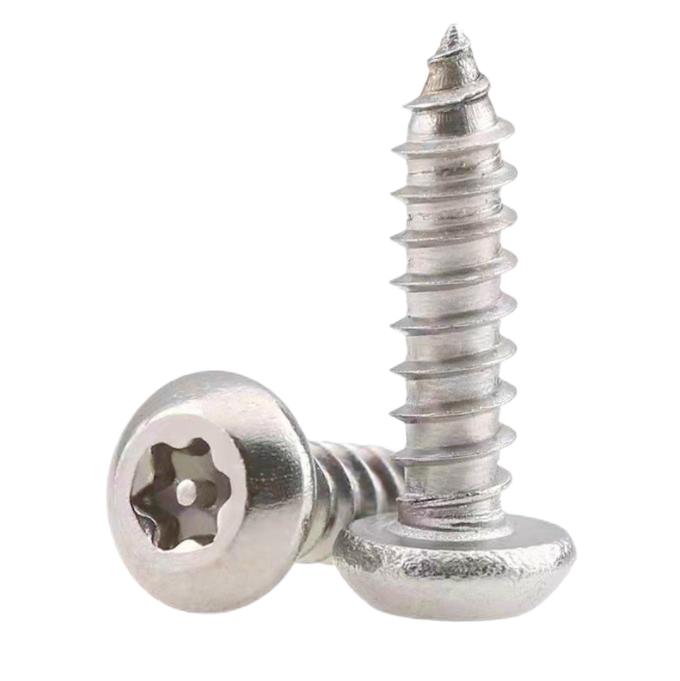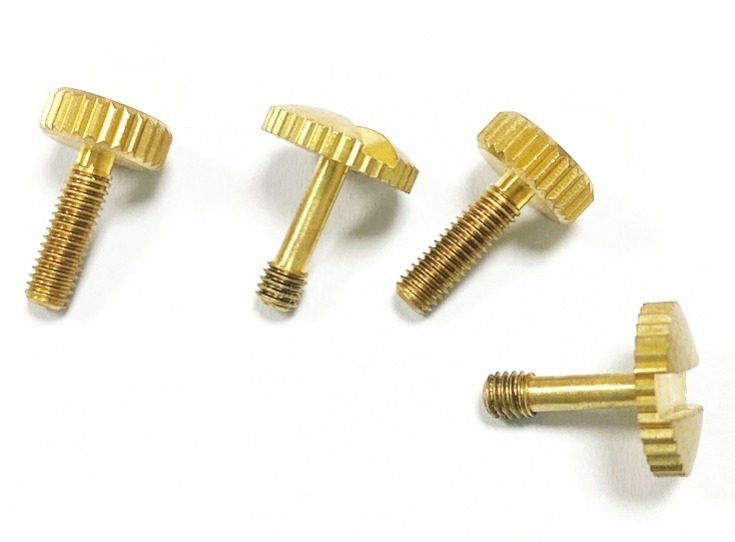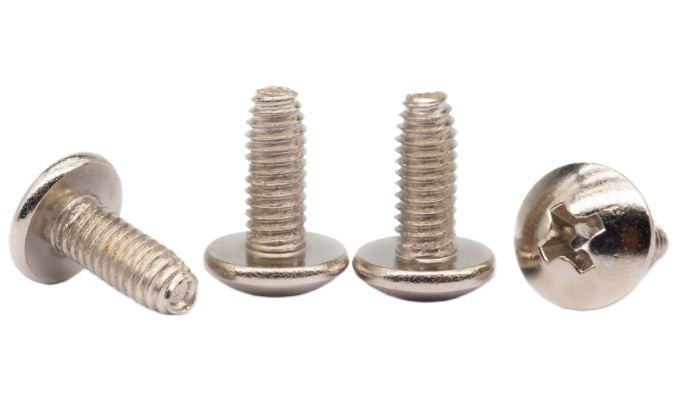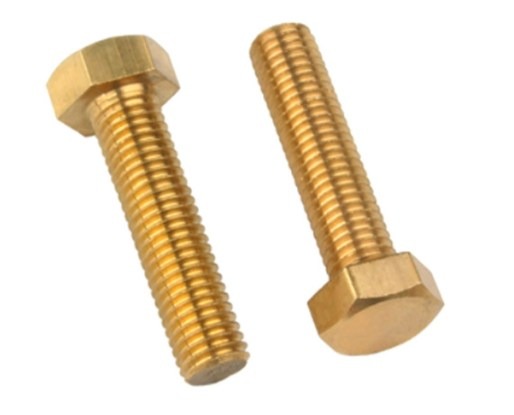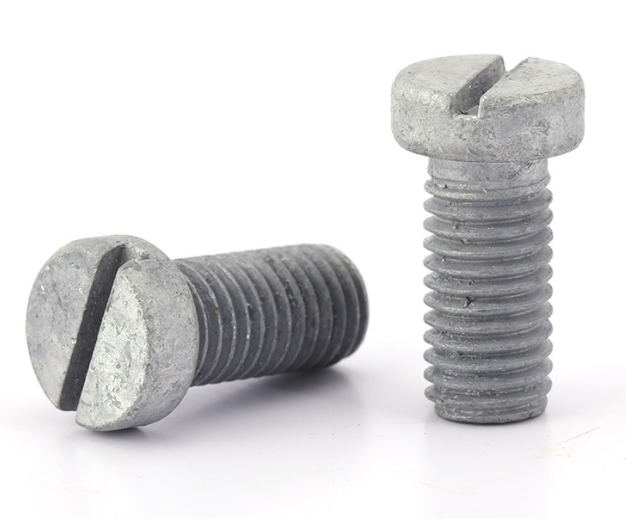What are the common screw surface treatment processes?
Surface treatment is a process method, which refers to the artificial formation of a surface layer on the surface of the substrate material with different mechanical, physical, and chemical properties from the substrate. The purpose of surface treatment is to meet the requirements of product wear resistance, corrosion resistance, decoration, and so on.
In the selection of screws, in addition to the main consideration, the color of the appearance and corrosion resistance should also be considered. Common surface treatment processes for screws include oxidation, electrophoresis, electroplating, dacromet, and so on.
According to the surface color of the screw, it can be divided into the following categories:
Black Plated Screws
Common black screws mainly include black oxidation treatment, electroplating, and electrophoresis.
Black Oxidation Treatment
Black oxidation treatment is a common method of chemical surface treatment, the purpose is to produce an oxide film on the metal surface to isolate the air and prevent rust.
The process is to use a strong oxidant to oxidize the surface of the steel into dense and smooth ferroferric oxide. This thin layer of ferroferric oxide can effectively protect the inside of the steel from oxidation. Divided into low temperature and high temperature.
Ferroferric oxide formed at low temperature (about 350°C) is dark black, also known as blackening. Ferroferric oxide formed by oxidation at high temperatures (about 550°C) is sky blue, also known as bluing treatment. The blue treatment is commonly used in weapon manufacturing, and the black treatment is commonly used in industrial production.
Oxidizing the steel surface to dense, smooth ferroferric oxide requires a strong oxidant. The strong oxidant is composed of sodium hydroxide, sodium nitrite, and trisodium phosphate. When it turns blue, treat the steel with a strong oxidant melt, and when it turns black, treat it with an aqueous solution of a strong oxidant.
Electroplating
Electroplating is the process of using electrolysis to coat a layer of other metal films or alloy films on the metal surface. The purpose is to improve wear resistance, corrosion resistance, and aesthetics.
There are 2 types of black plating: black zinc plating and black nickel plating.
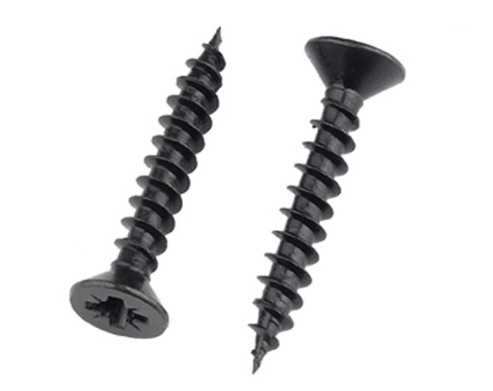
Black zinc plating is a kind of anti-oxidation processing of metal, which is suitable for hardware products. Zinc is chemically active and easily oxidized and darkened in the atmosphere. After galvanizing, it is treated with chromate to cover a chemical conversion film on the zinc, so that the active metal is in a passive state, which is the passivation treatment of the zinc layer. The passivation film can be divided into white passivation (white zinc), light blue (blue zinc), black passivation (black zinc), green passivation (green zinc), etc.
Usually, the process of electroplating black zinc is degreasing-cleaning-weak acid etching-electro-galvanizing-cleaning-passivation-cleaning-drying-sealing paint.
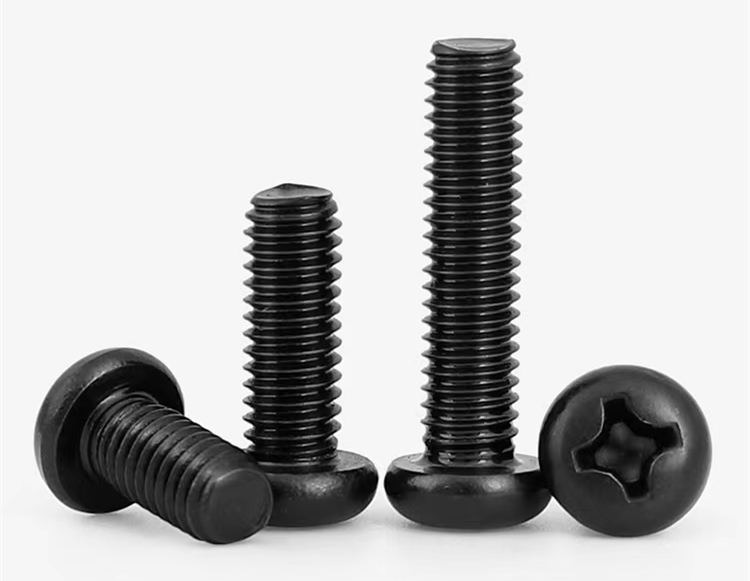
Usually, the process of electroplating black nickel is degreasing – cleaning – weak acid activation – cleaning – copper plating bottom – activation – cleaning – black nickel plating – cleaning – passivation – cleaning – drying – sealing paint.
The black nickel coating obtained from the black nickel bath contains 40-60% nickel, 20-30% zinc, 10-15% sulfur, and about 10% organic matter. The black color is caused by the presence of black nickel sulfide in the coating due to the reduction of thiocyanate on the cathode to release sulfide ions. The copper bottom is added in the process, and the main function is to make nickel plating easier in the post process and to improve the corrosion resistance of the screw.
Electrophoresis
Electrophoresis refers to the phenomenon in which charged particles move toward electrodes of opposite electrical properties under the action of an electric field.
Black electrophoresis is the use of an external electric field to make particles such as pigments and resins suspended in the electrophoresis solution directionally migrate and deposit on the substrate surface of one of the electrodes. Electrophoretic black is widely used in the industry, taking the black process as an example: degreasing – cleaning – phosphating – electrophoretic paint – drying. It can be divided into anodic electrophoresis (resin becomes negative ions after ionization) and cathodic electrophoresis (resin becomes positive ions after electrophoresis). Compared with the painting process, it has better construction performance, less pollution and harm to the environment and its resistance to neutral salt spray is 300 hours or more, and the cost and corrosion resistance are similar to those of the Dacromet process.
White Plated Screws
Common white screws mainly include electroplating white nickel, white zinc, and so on.
Electroplating White Zinc
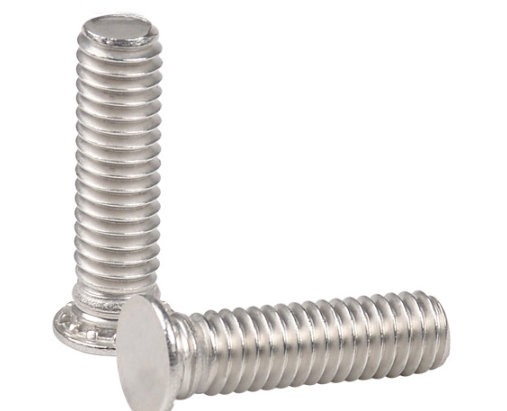
The process of electroplating white zinc is degreasing-cleaning-weak acid activation-electro-galvanizing-cleaning-white passivation-cleaning-drying. The difference from black zinc is that there is no over-sealing paint, and the passivation solution is also different. White passivation is a colorless and transparent zinc oxide film that contains almost no chromium, so the corrosion resistance is worse than that of black zinc, blue zinc, and color zinc.
The corrosion resistance of white zinc is better than that of white nickel, and its appearance is darker than that of white nickel.
Electroplating White Nickel
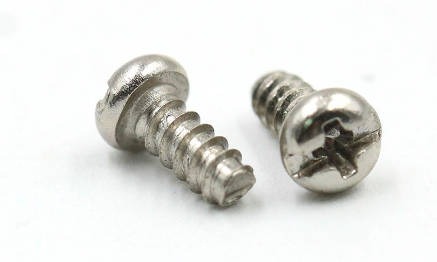
The process of electroplating white nickel is degreasing – cleaning – weak acid activation – cleaning – copper plating bottom – activation – cleaning – nickel plating – cleaning – passivation – cleaning – drying – or sealing. The process of electroplating white nickel and electroplating black nickel is basically the same, the difference lies in the formula of the electroplating solution, without the addition of zinc sulfide.
Other Color Plated Screws
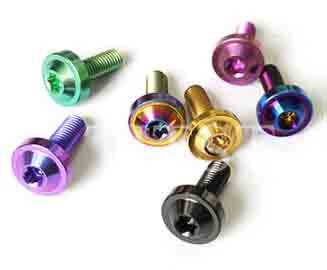
The plating of other colors mainly includes blue zinc, green zinc, colored zinc, and Dacromet.
The electroplating process of blue zinc and green zinc is roughly the same as that of white zinc. Blue zinc is a passivated zinc oxide film containing 0.5-0.6 mg/dm2 of trivalent chromium. Green passivation is due to the fact that the passivation solution contains phosphate ions, and the resulting green film is composed of chromate and phosphate.
The corrosion resistance of blue zinc is better than that of white zinc, and the corrosion resistance of green zinc is better than that of blue zinc.
Color zinc has relatively good corrosion resistance. The passivation process is: galvanizing – cleaning – 2%-3% nitric acid to emit light – cleaning – low chromium color passivation – cleaning – baking aging. Too low temperature during passivation will result in slow film formation and thin color film. The high temperature will cause the film to be thick and loose, and the adhesion will not be strong. It’s best to control around 25 degrees to ensure that you get the same color for a certain amount of time. After passivation, it needs to be baked to improve the adhesion and corrosion resistance of the film.
Dacromet
Dacromet is a new type of anti-corrosion coating with zinc powder, aluminum powder, chromic acid, and deionized water as the main components. The process flow is organic solvent degreasing – mechanical polishing – spraying – baking – secondary spraying – baking – drying.
The advantage of the Dacromet process is that the corrosion resistance is very good, but the disadvantage is that the coating is not uniform.
Choose a Reliable Fasteners Manufacturer
KENENG has more than ten years of experience in manufacturing fasteners such as screws, nuts, bolts, etc., and can perform various surface treatments on them. Contact us if you would like to purchase large quantities of standard-size fasteners or customize them to your specific requirements.

